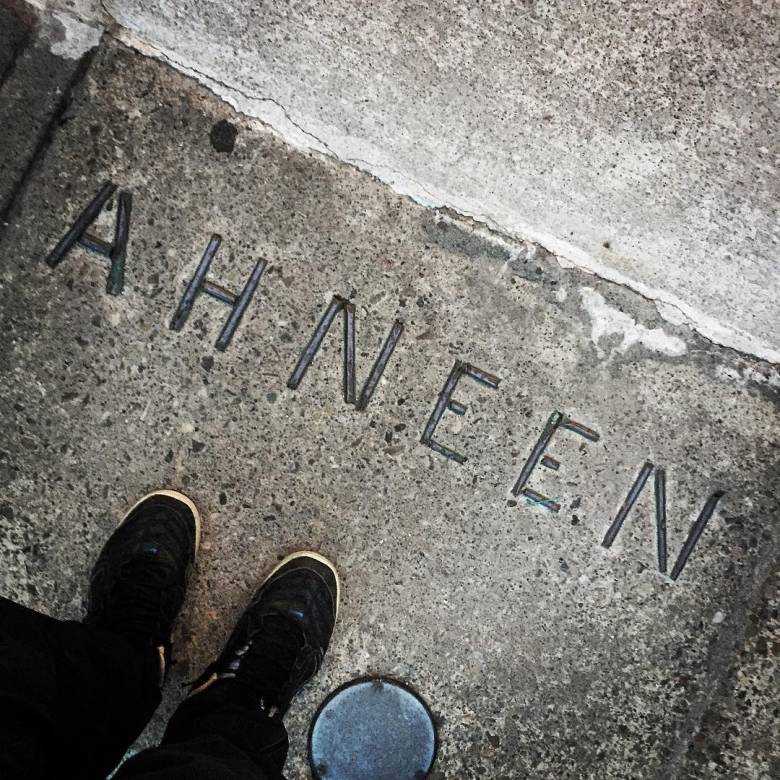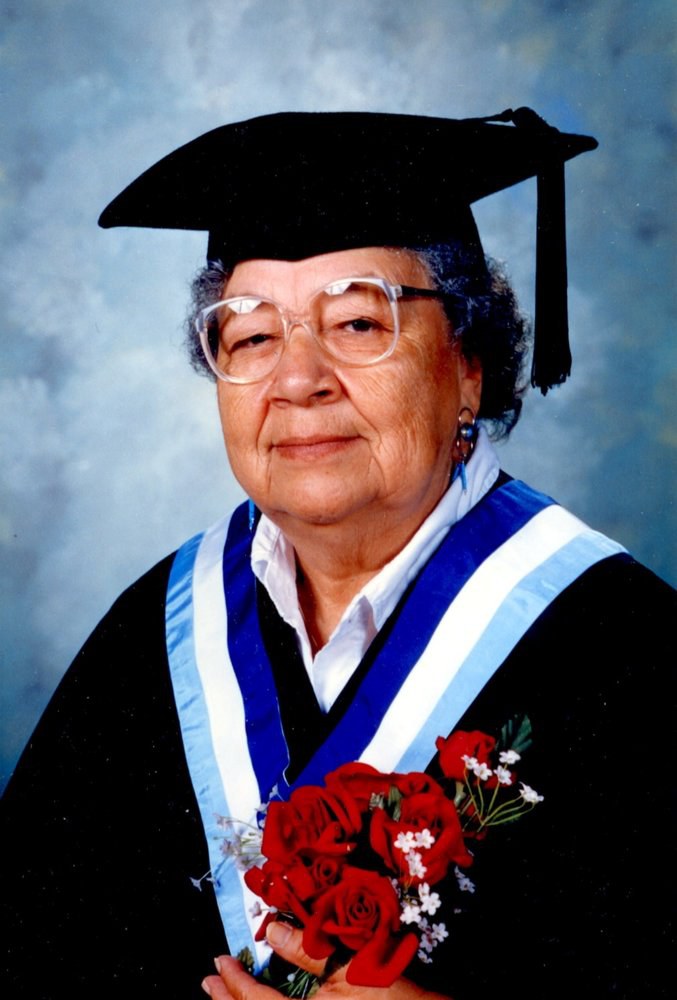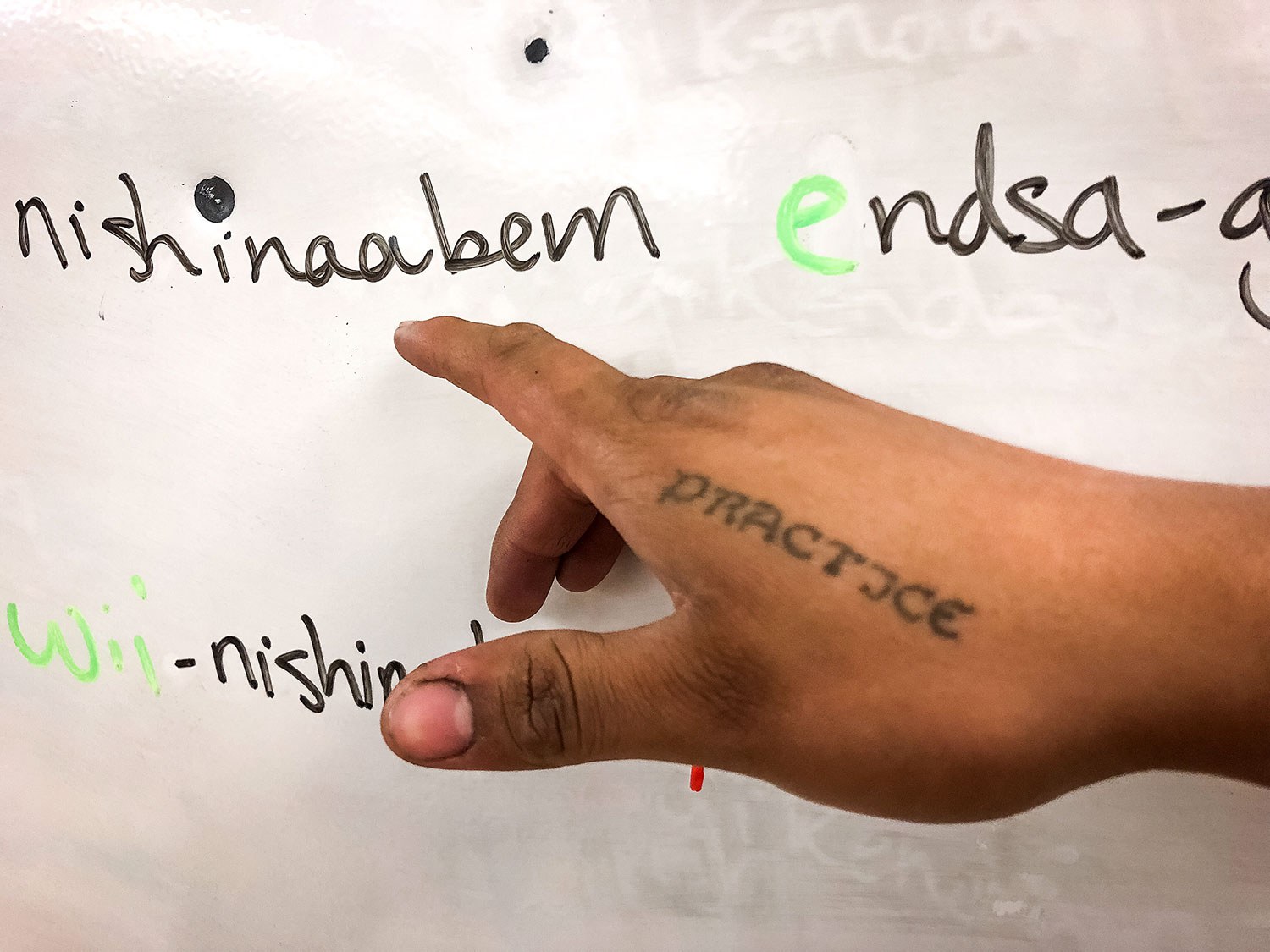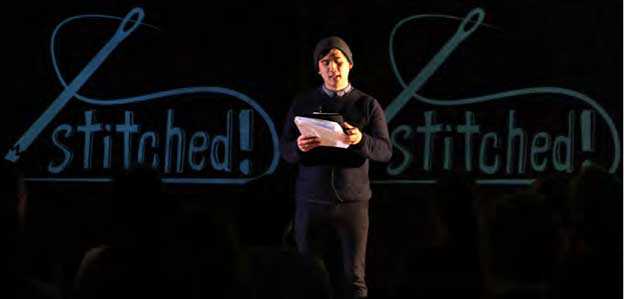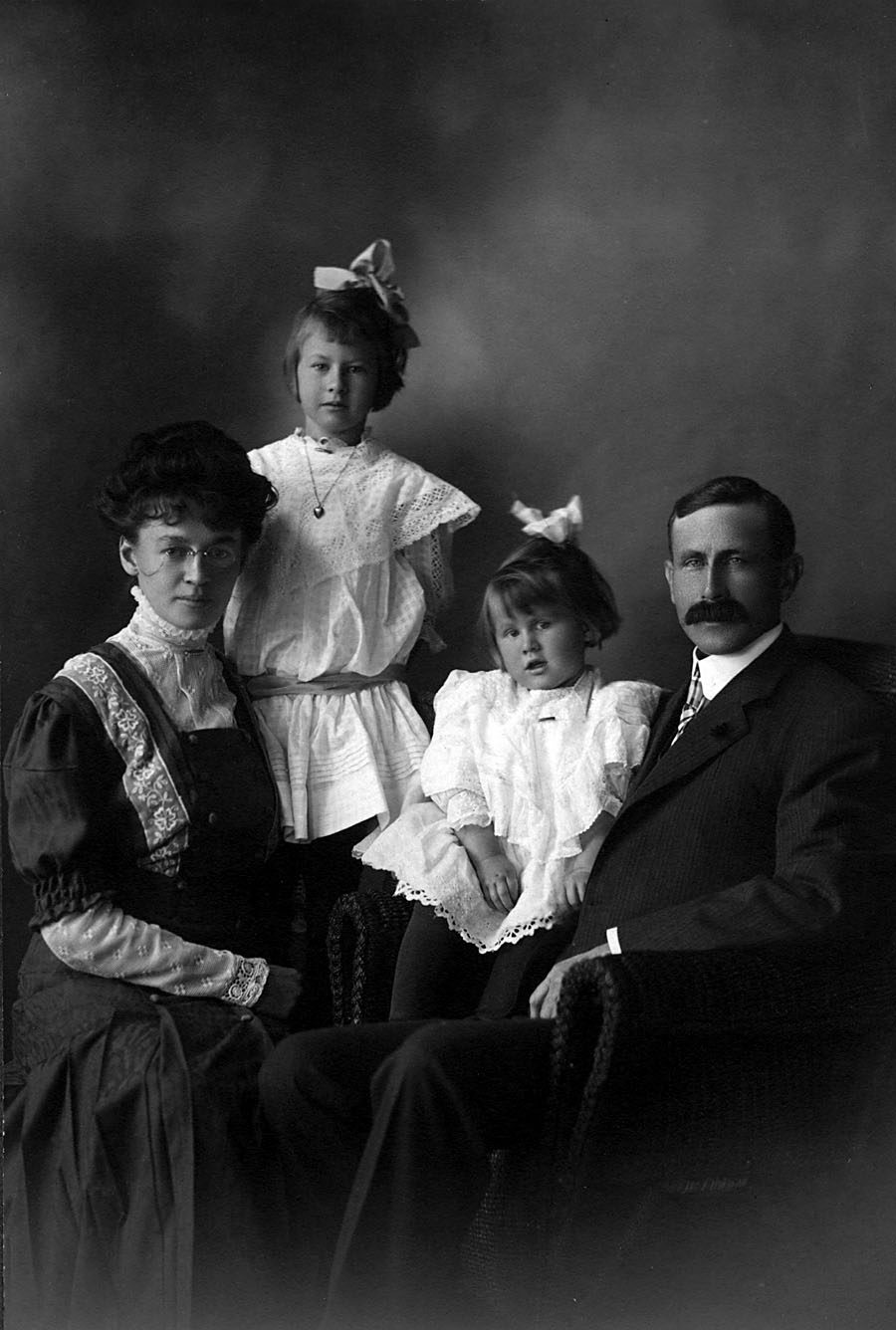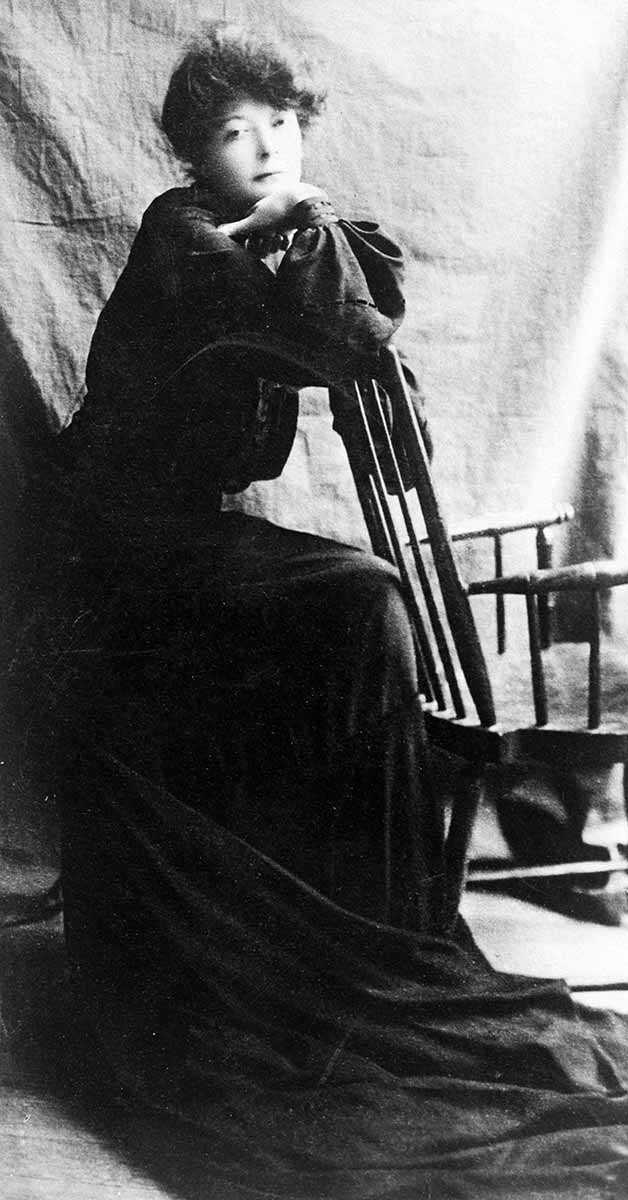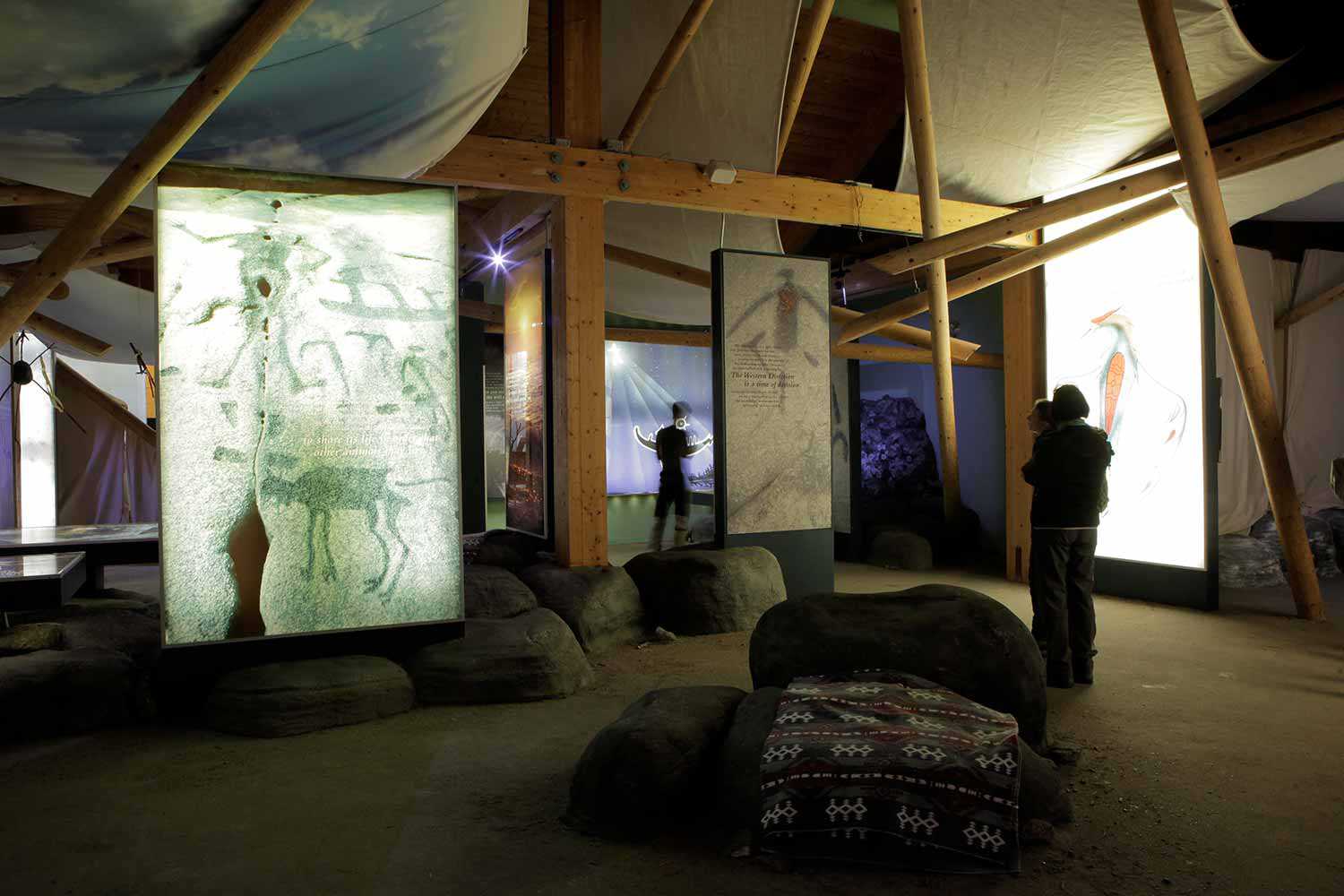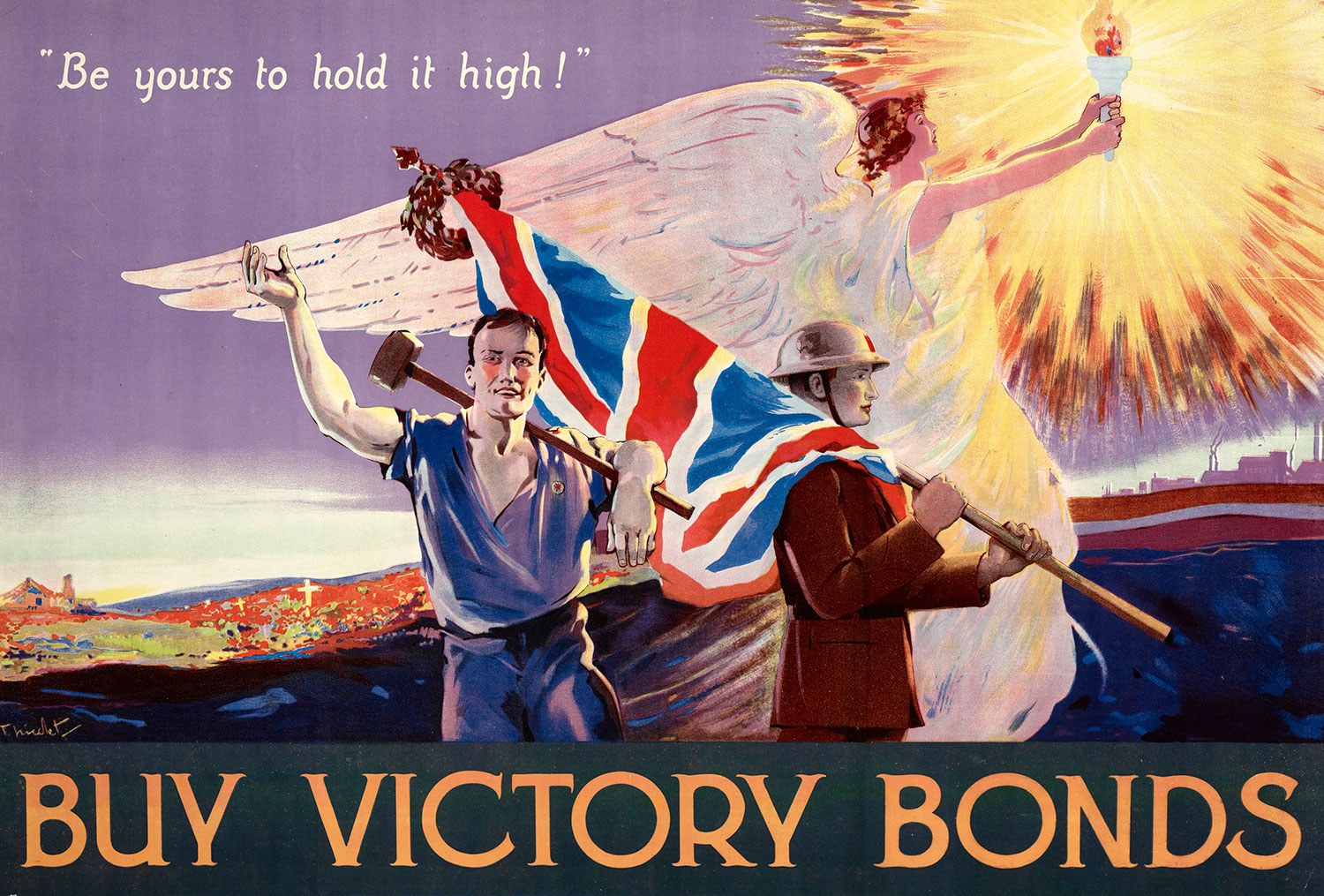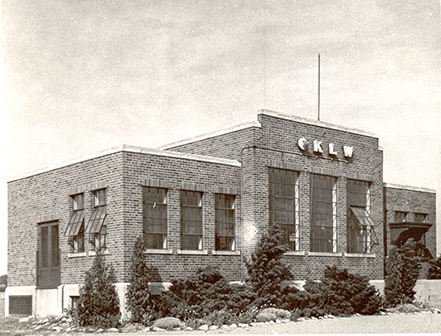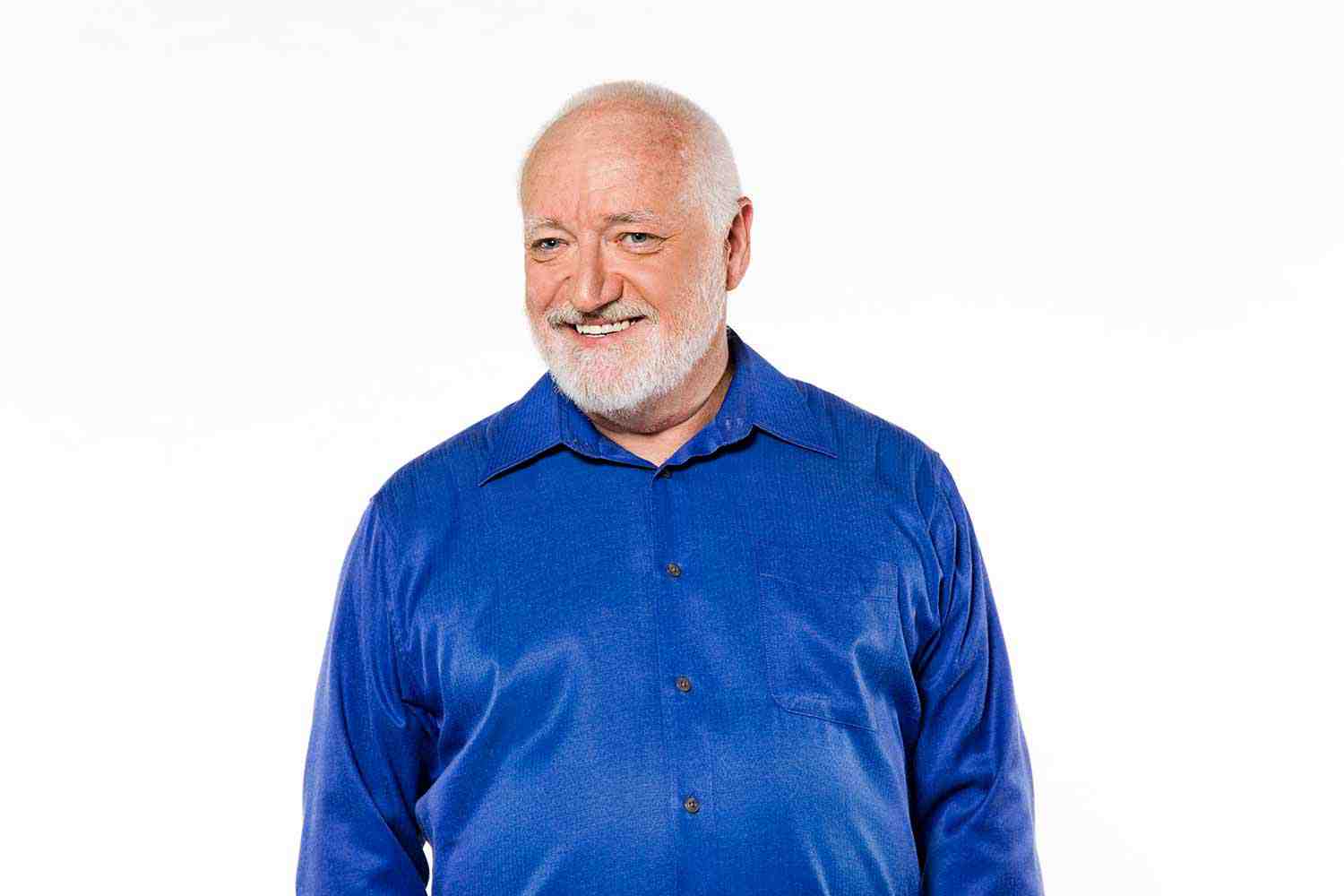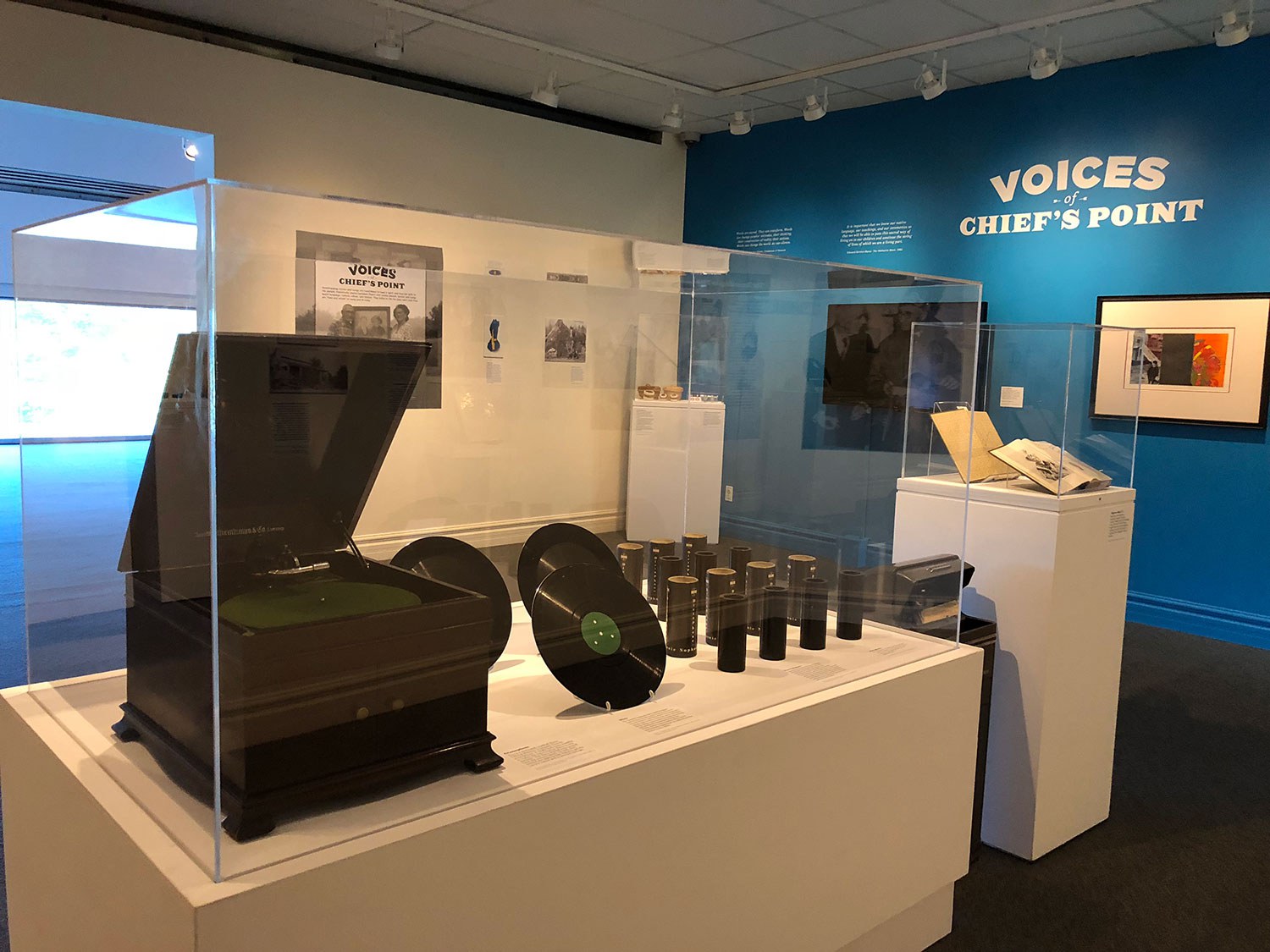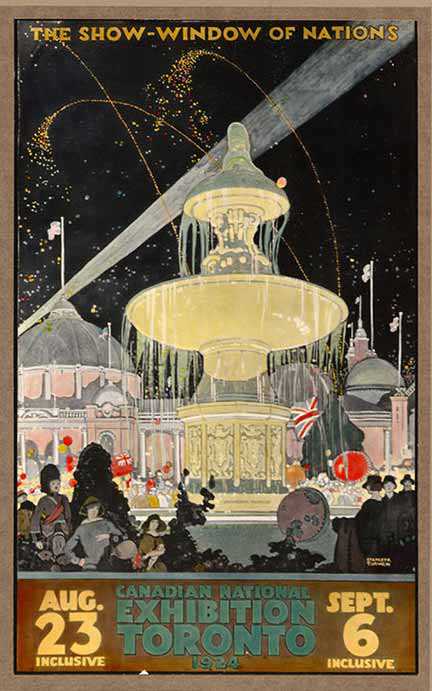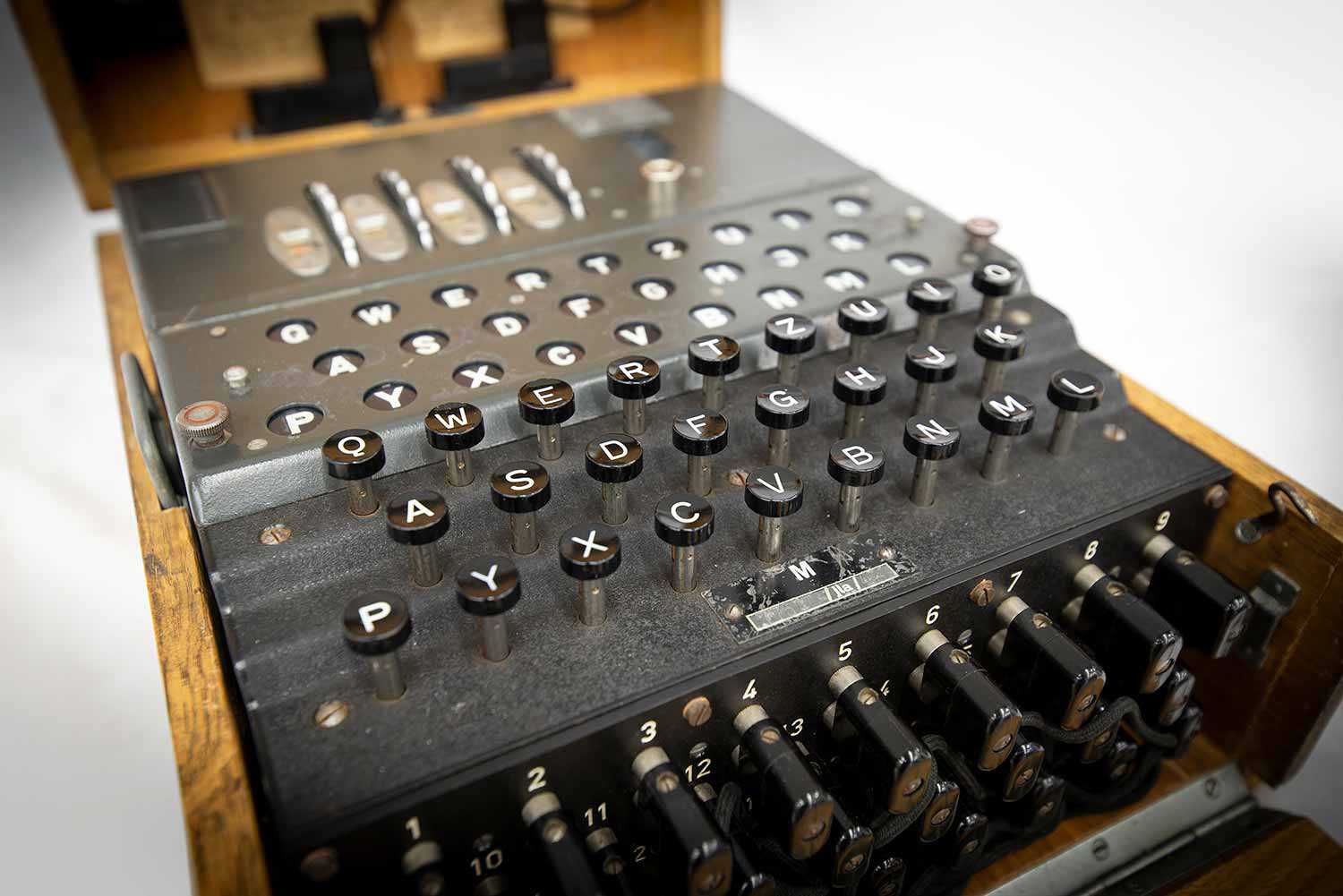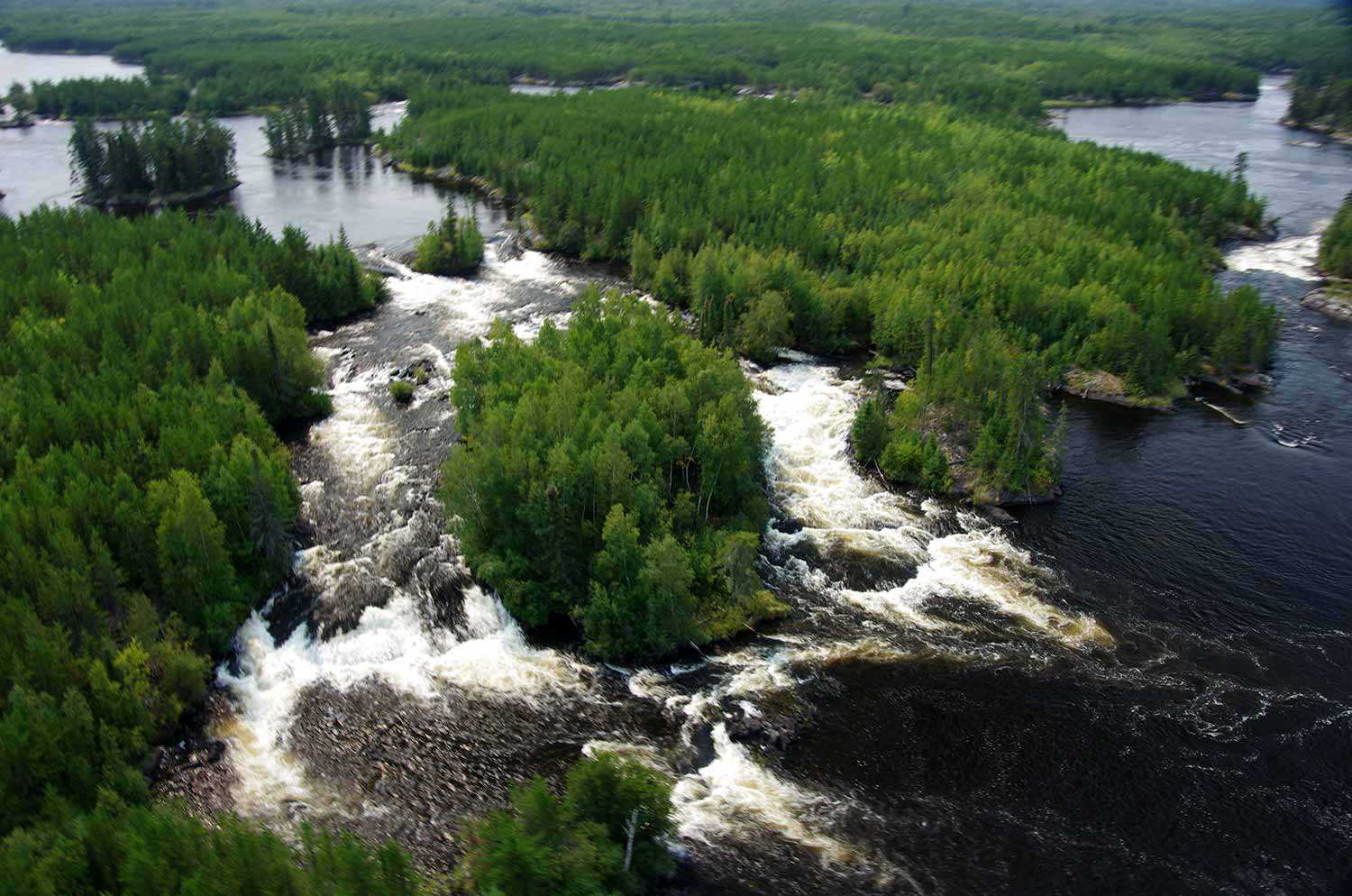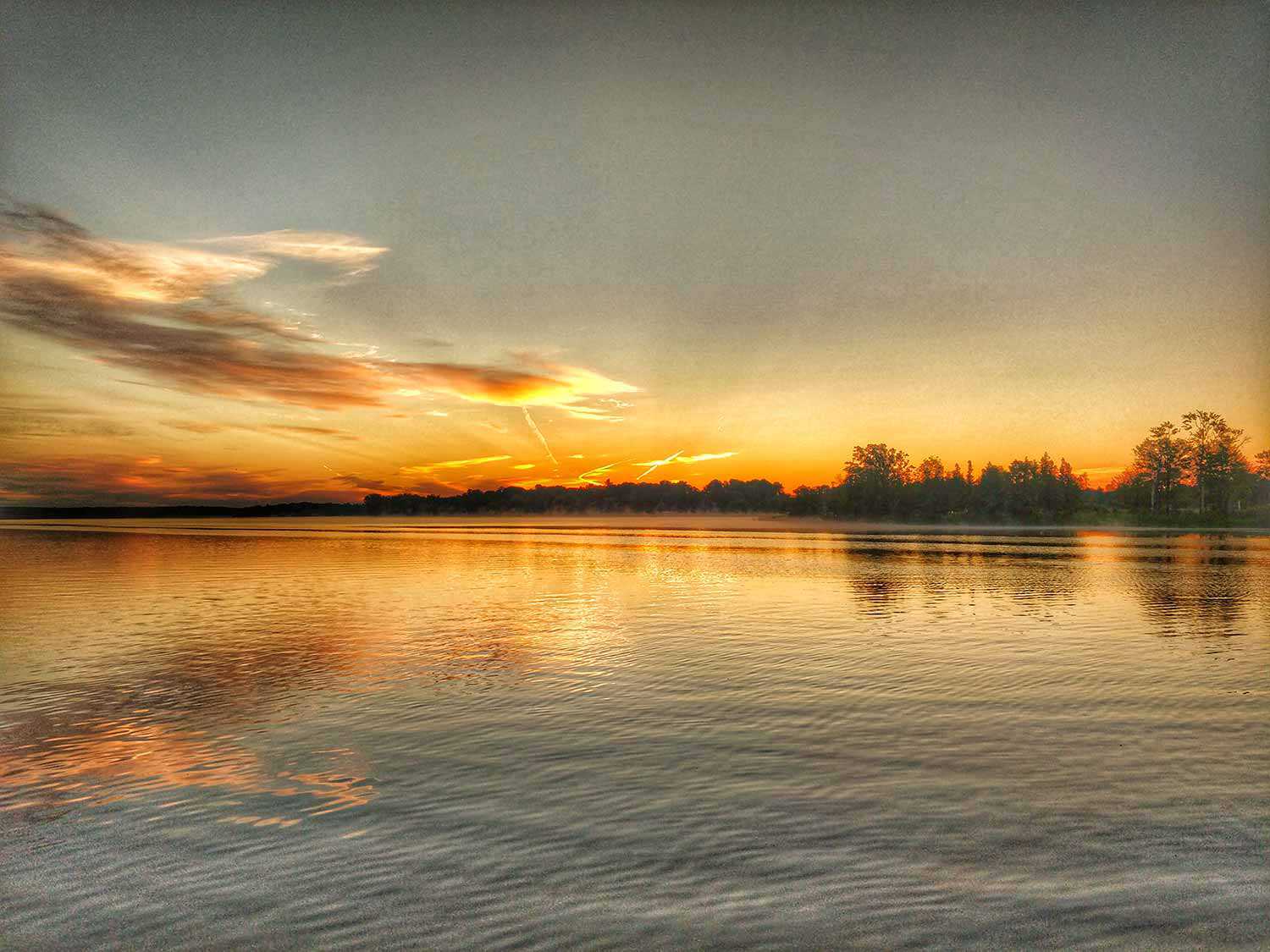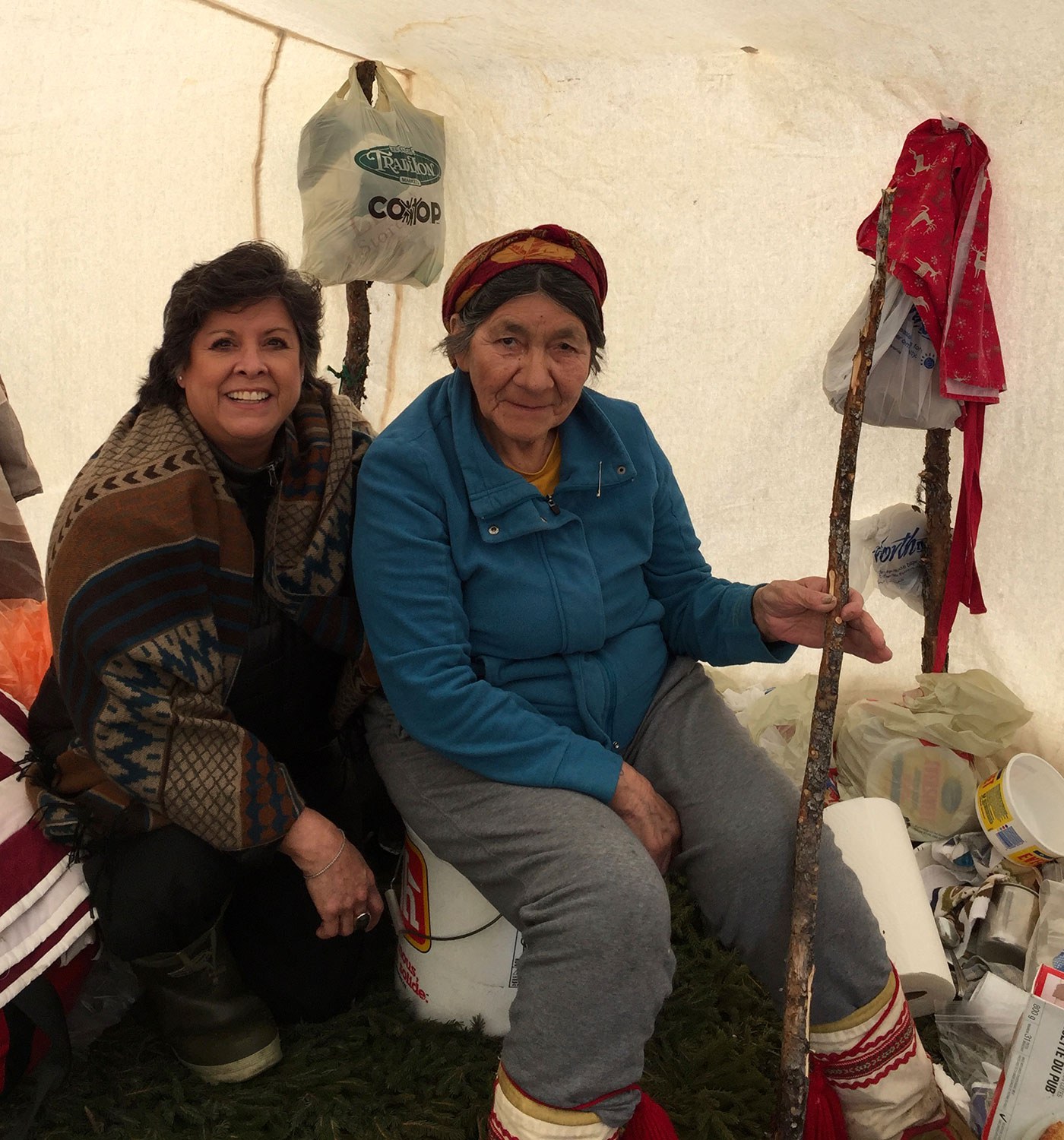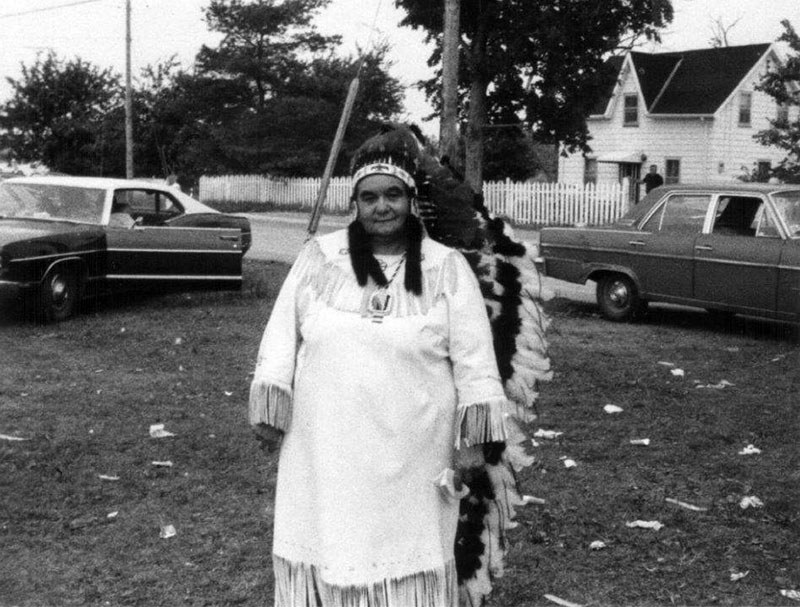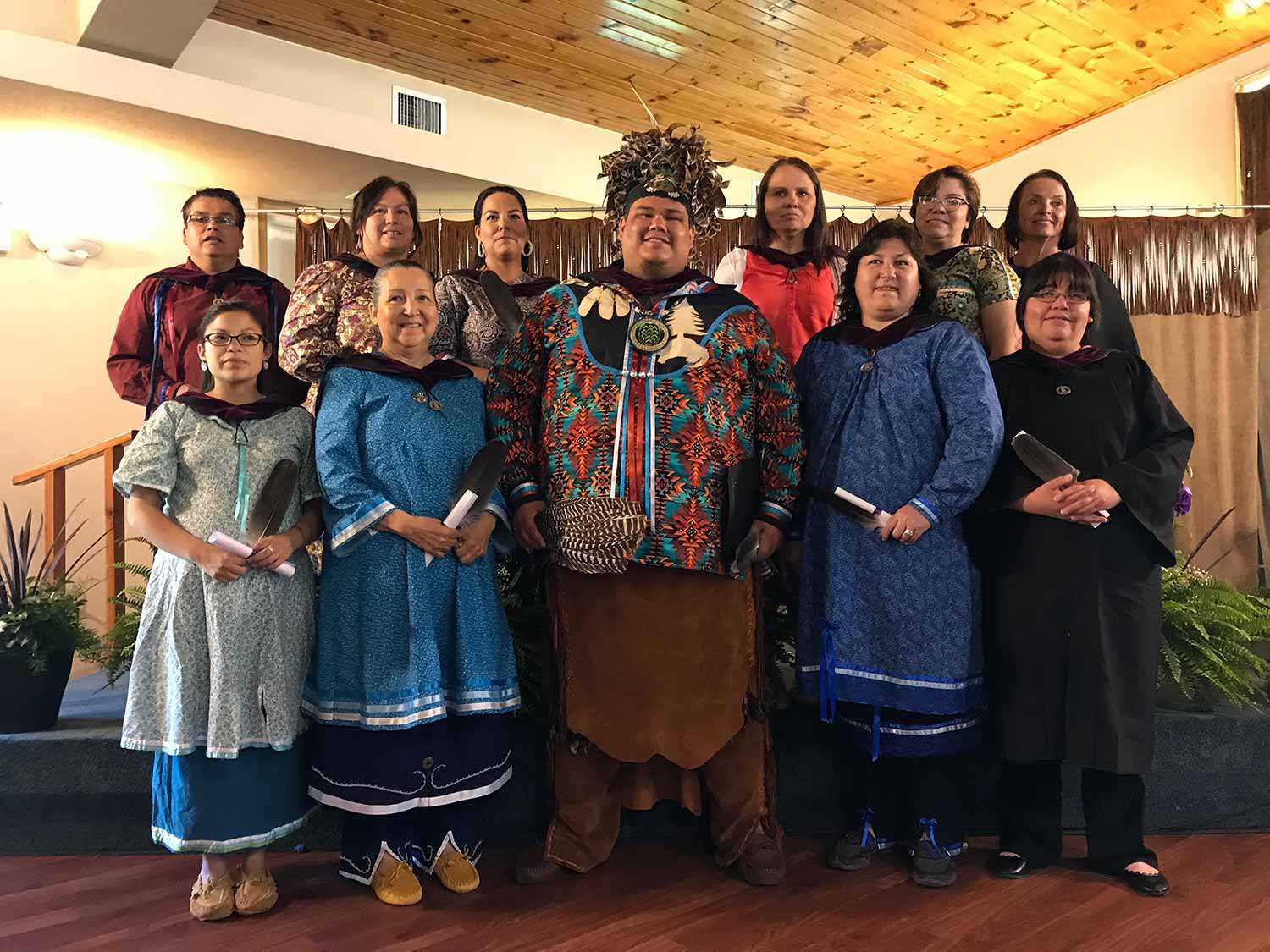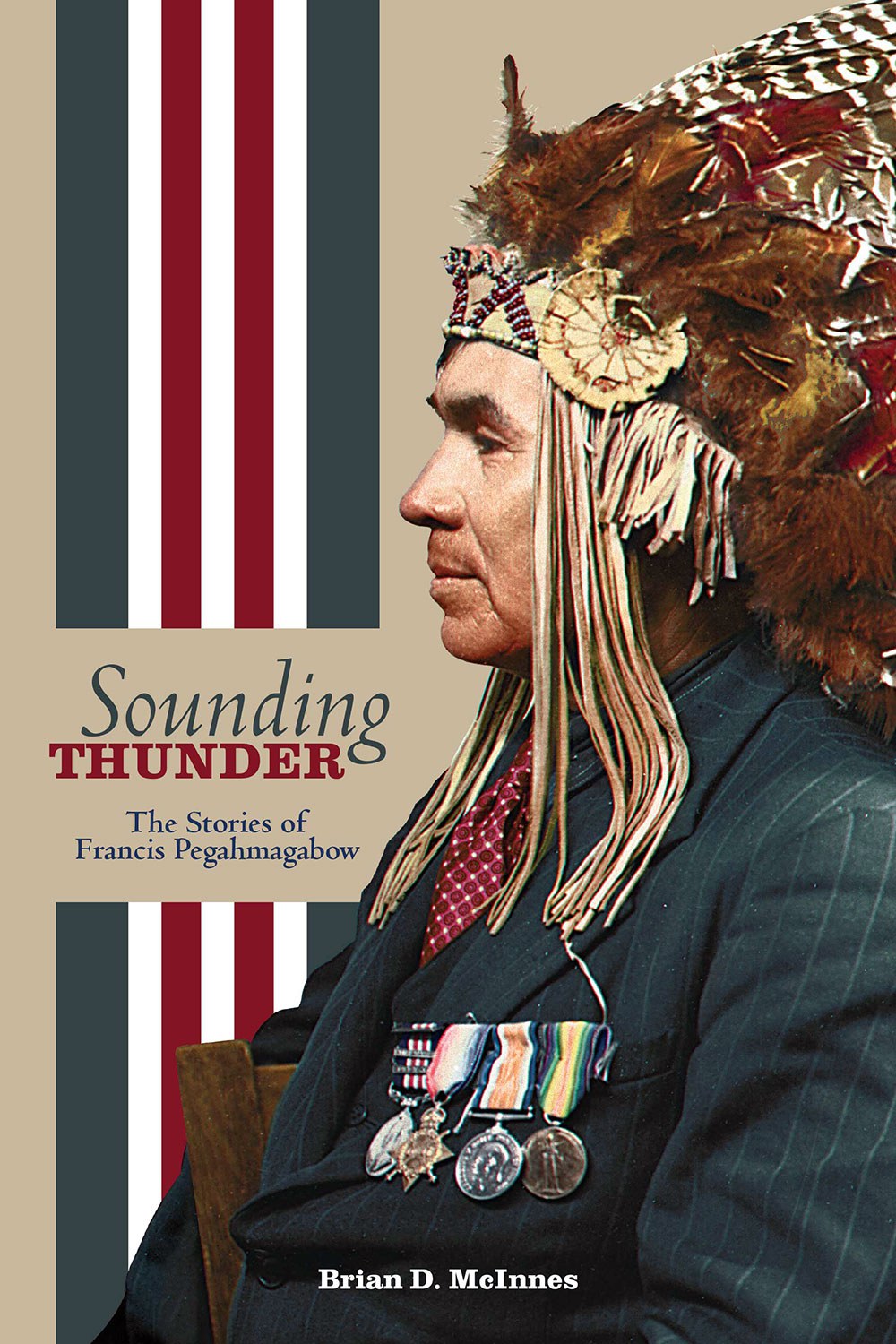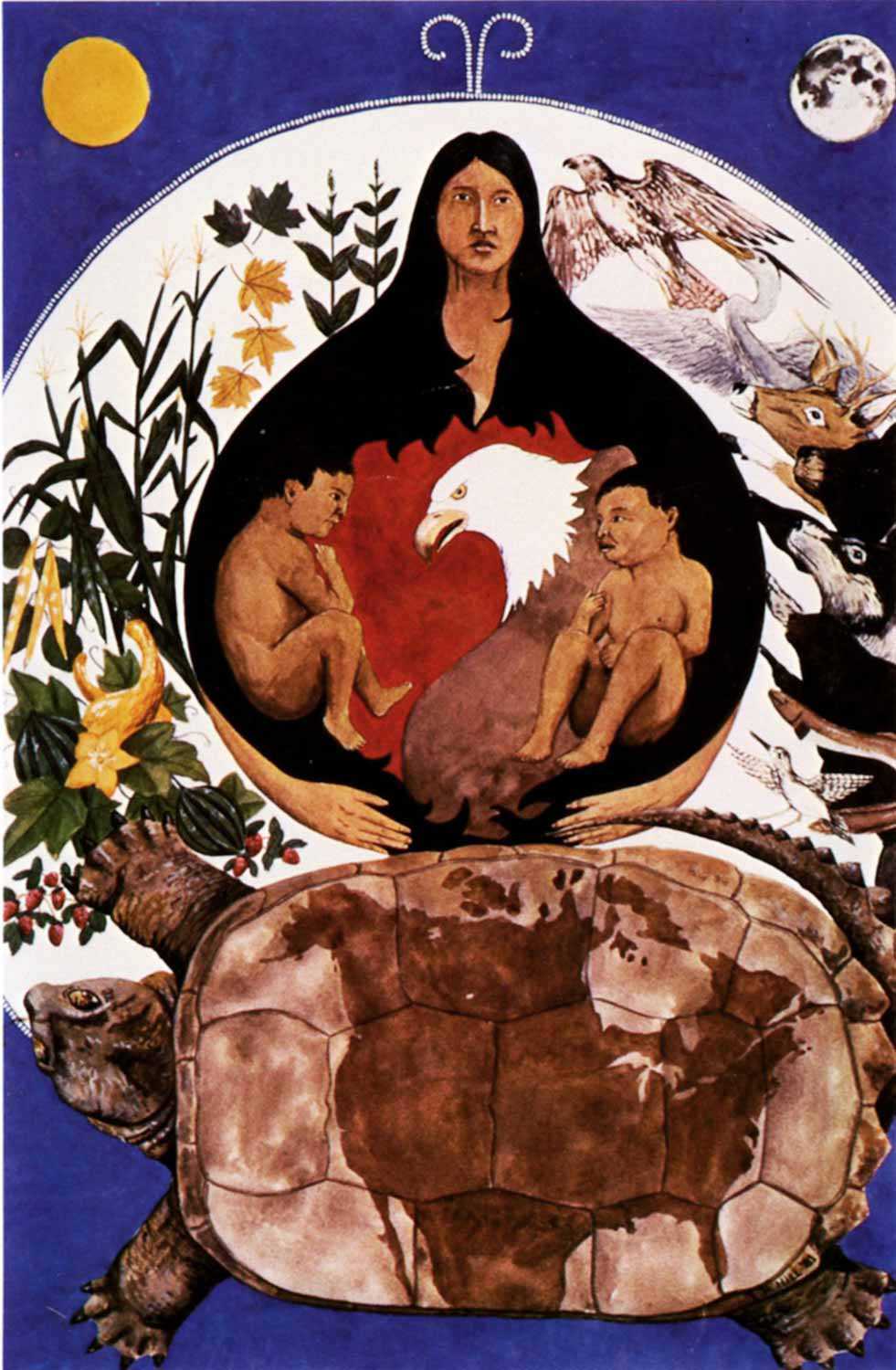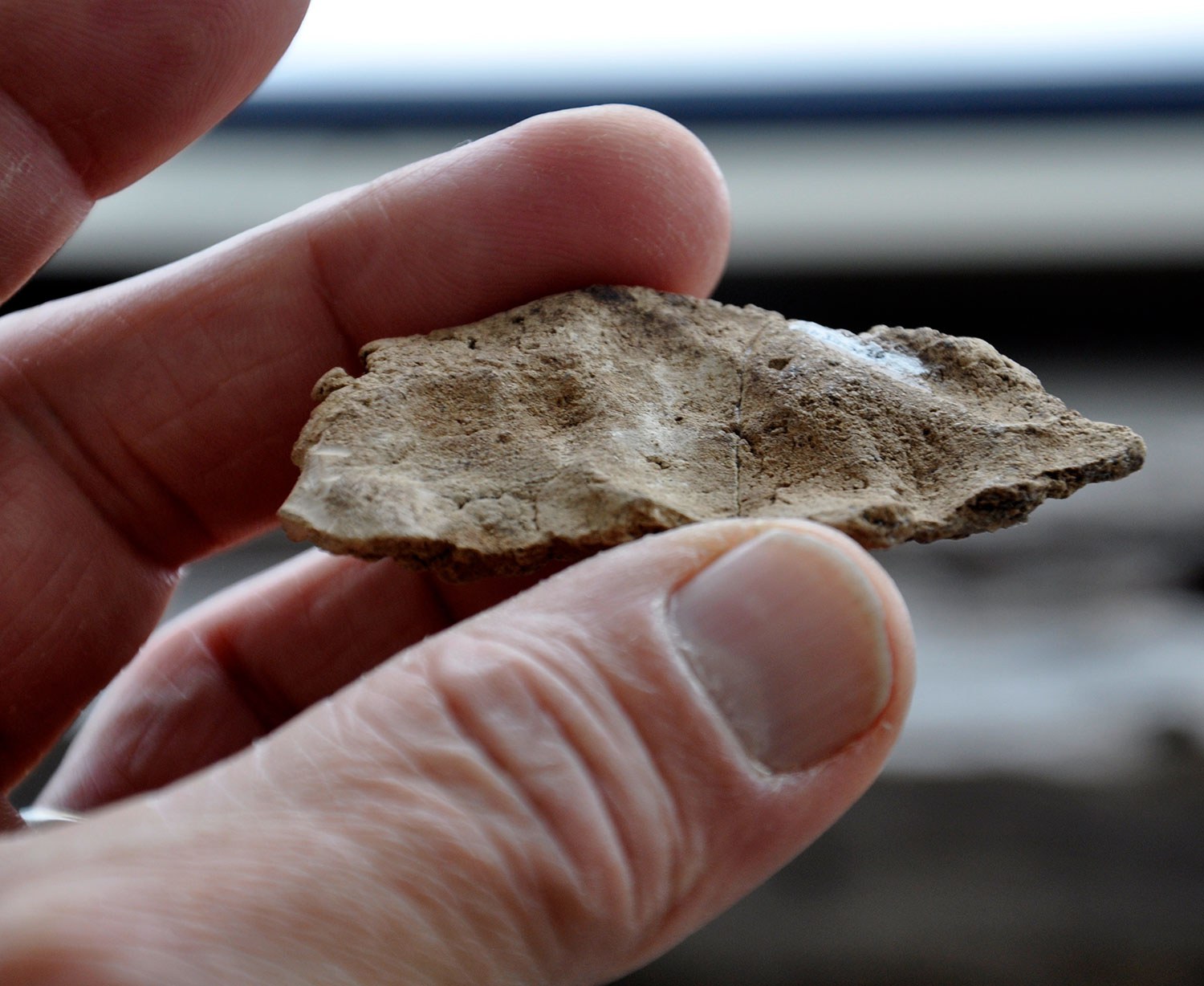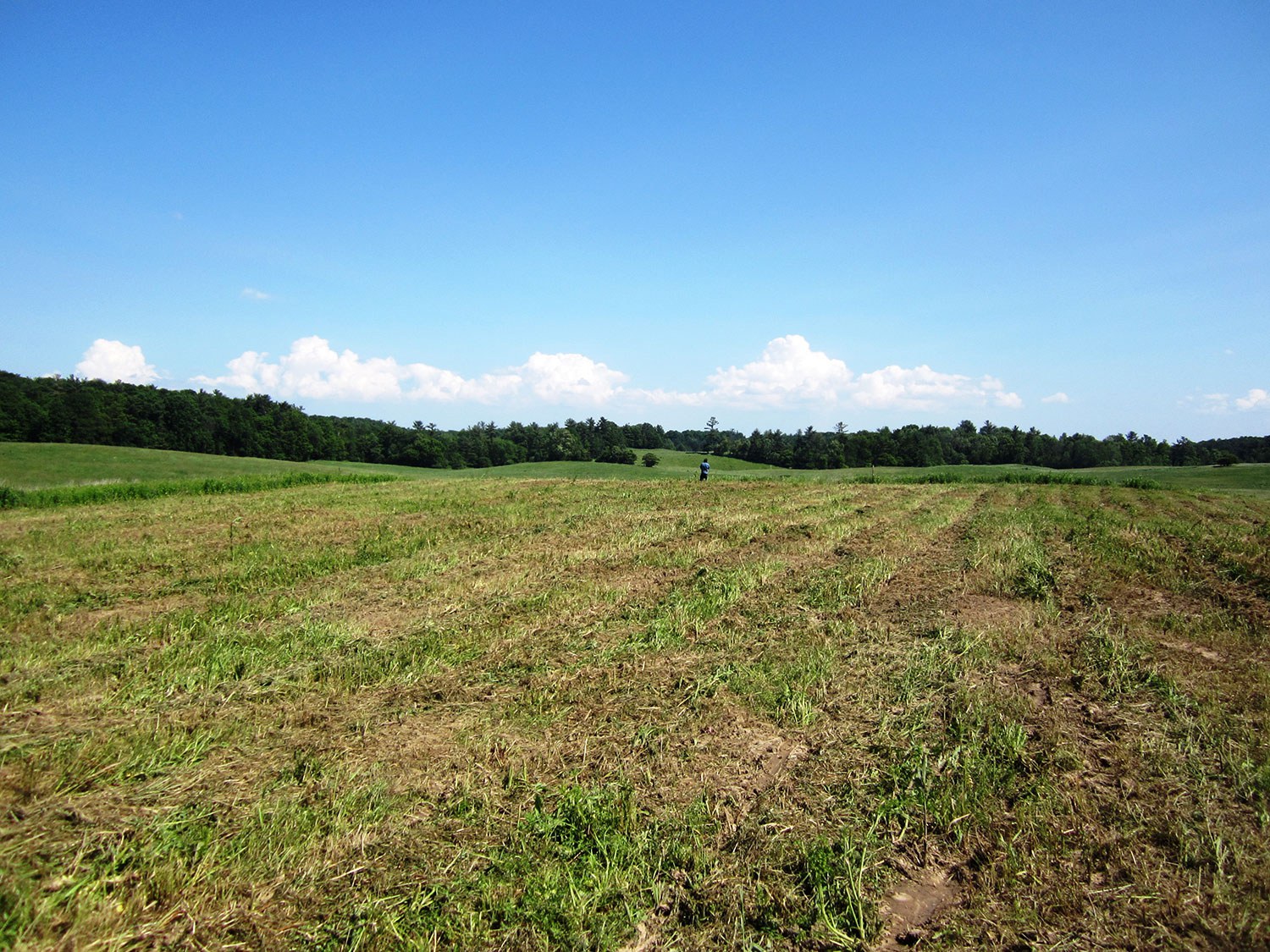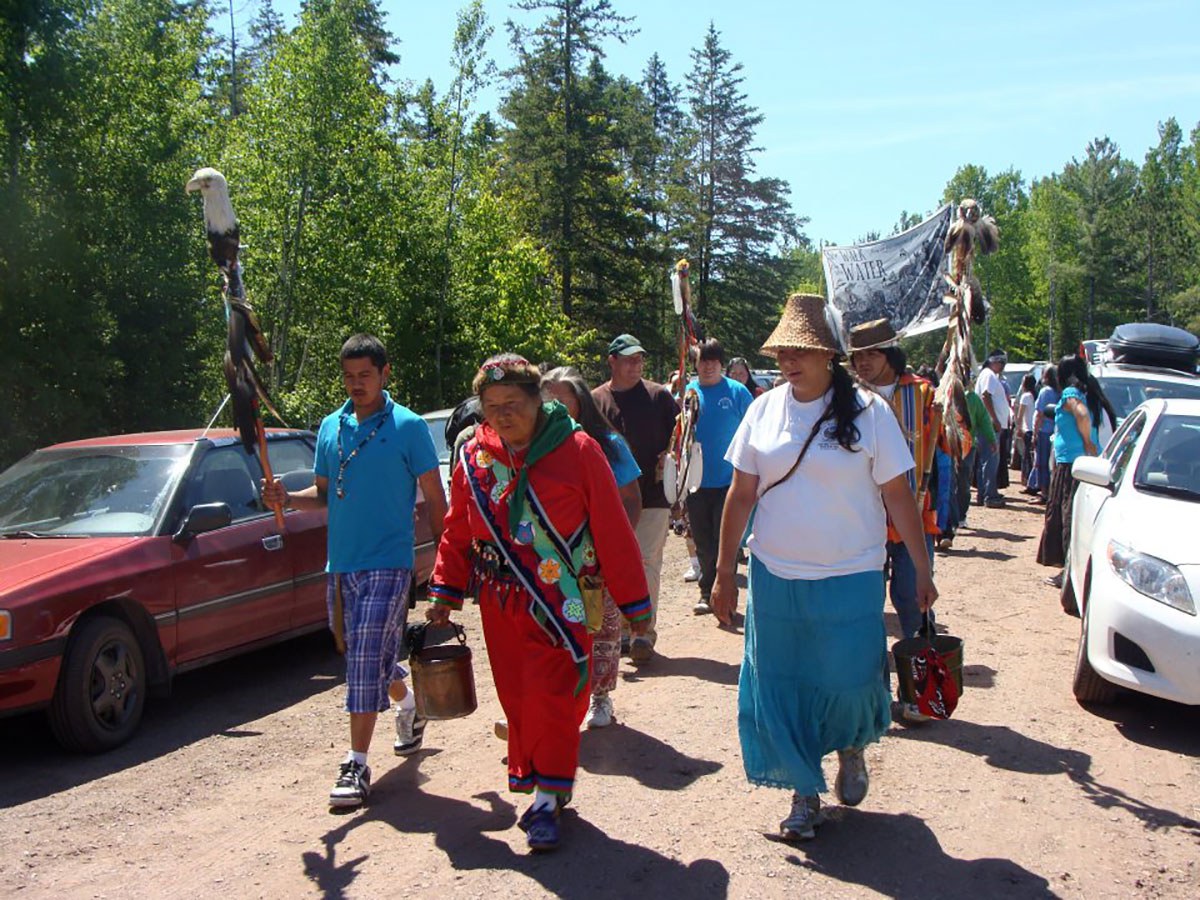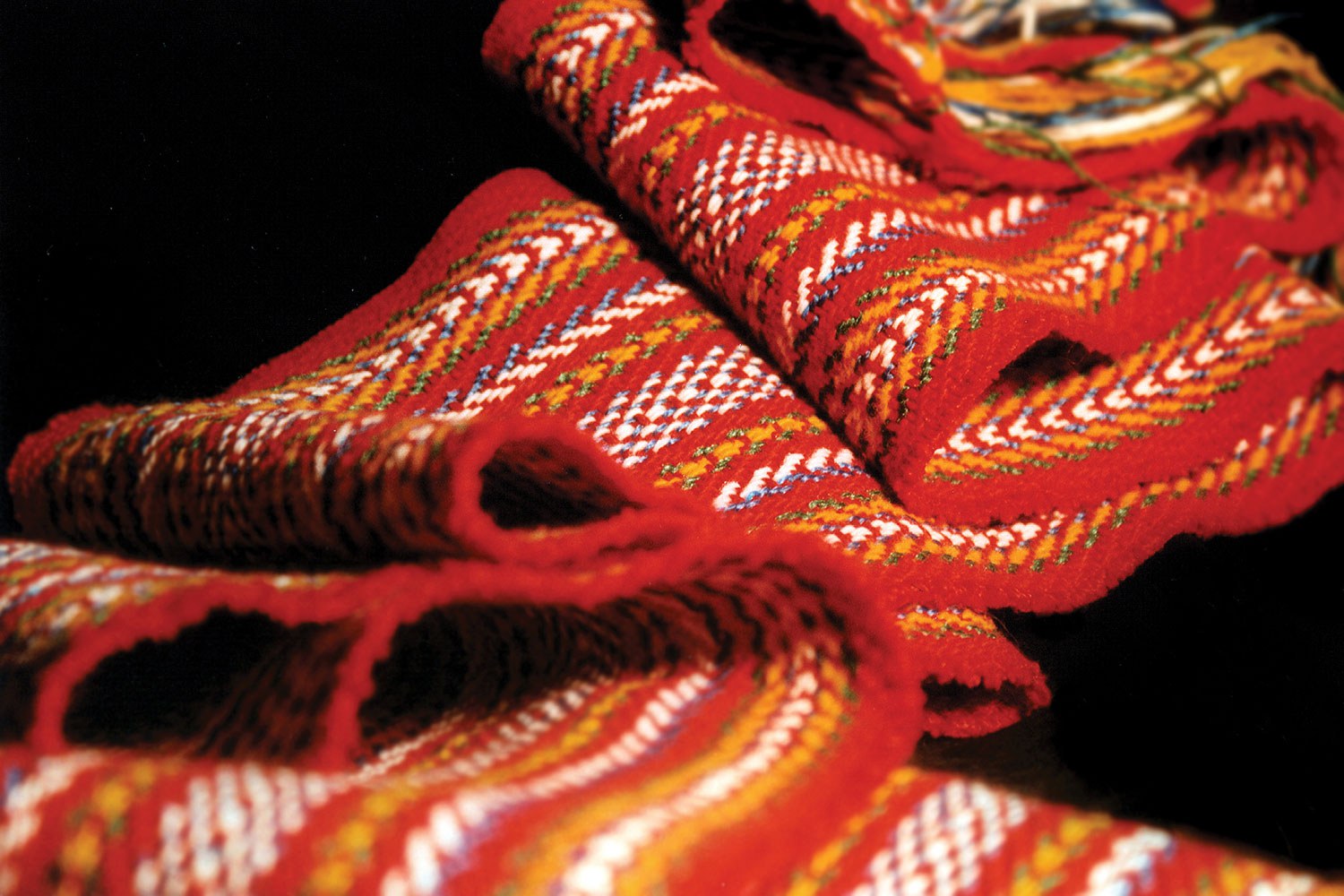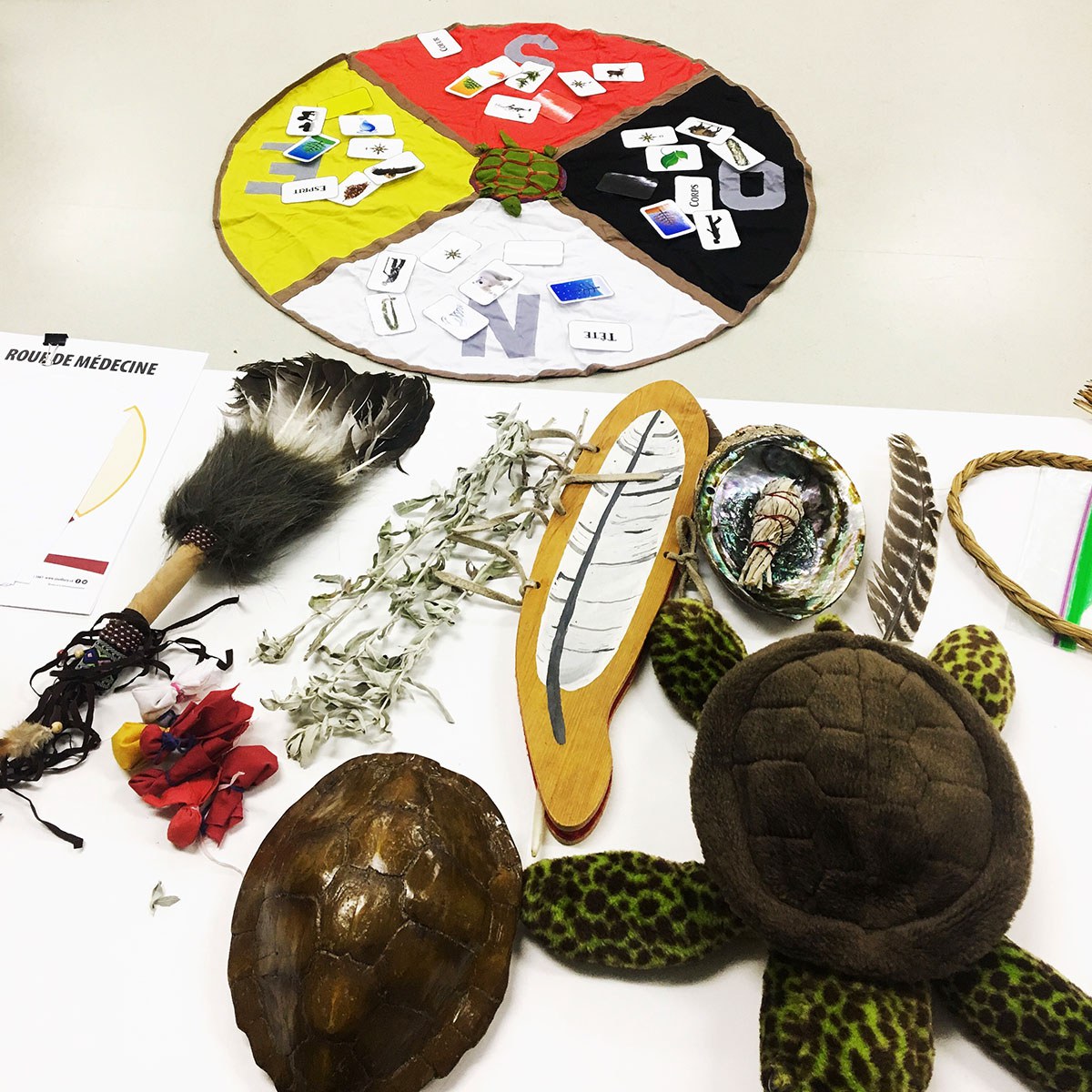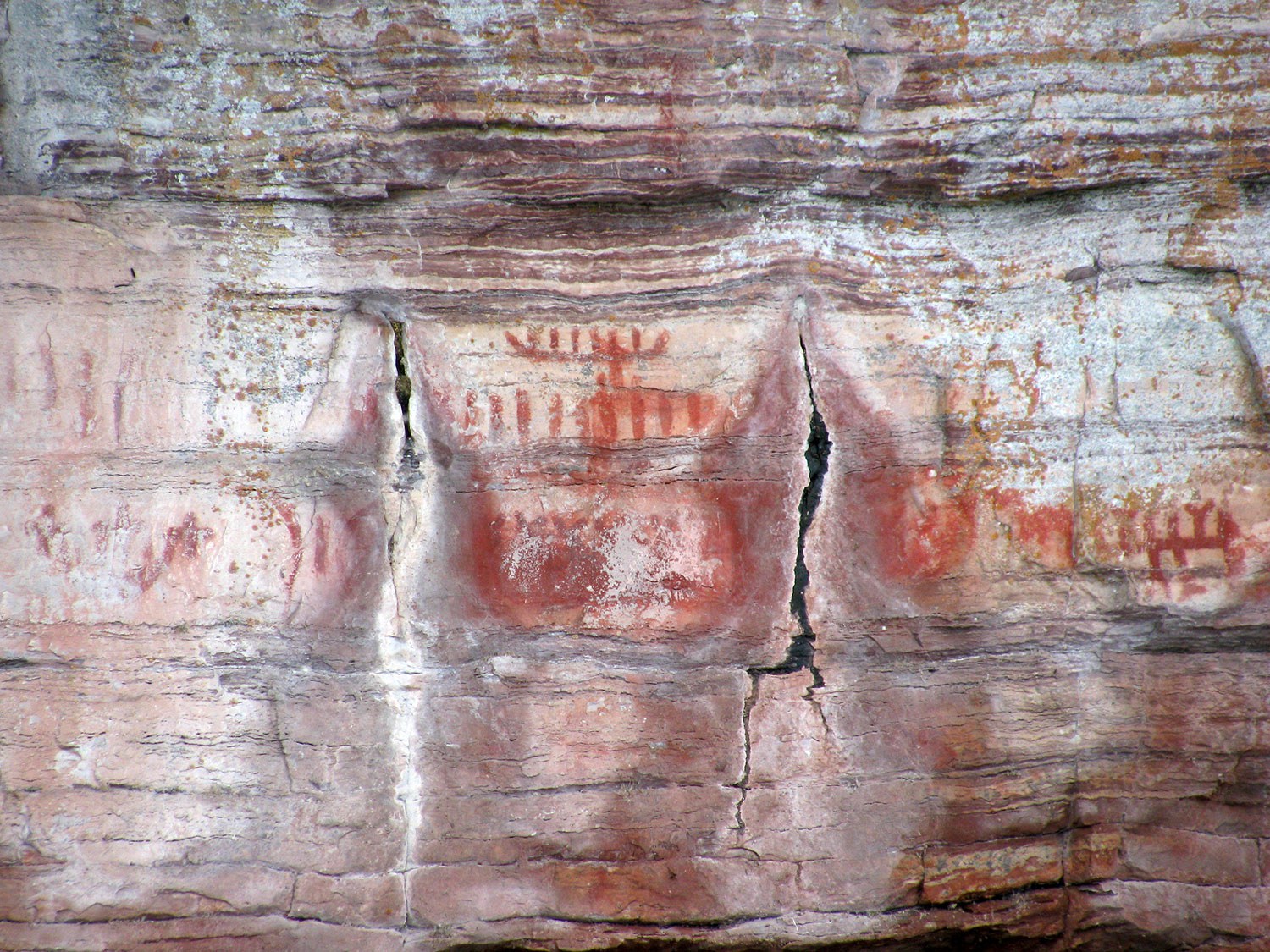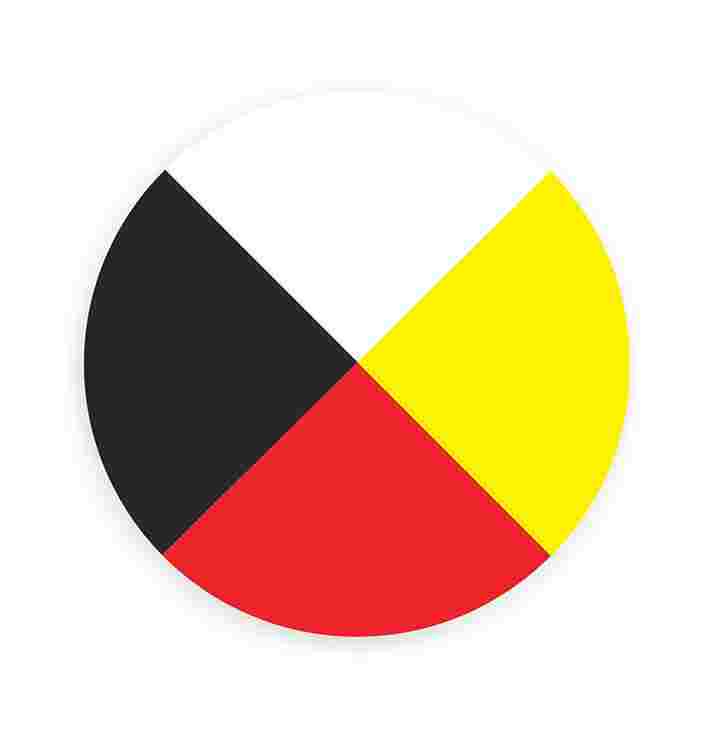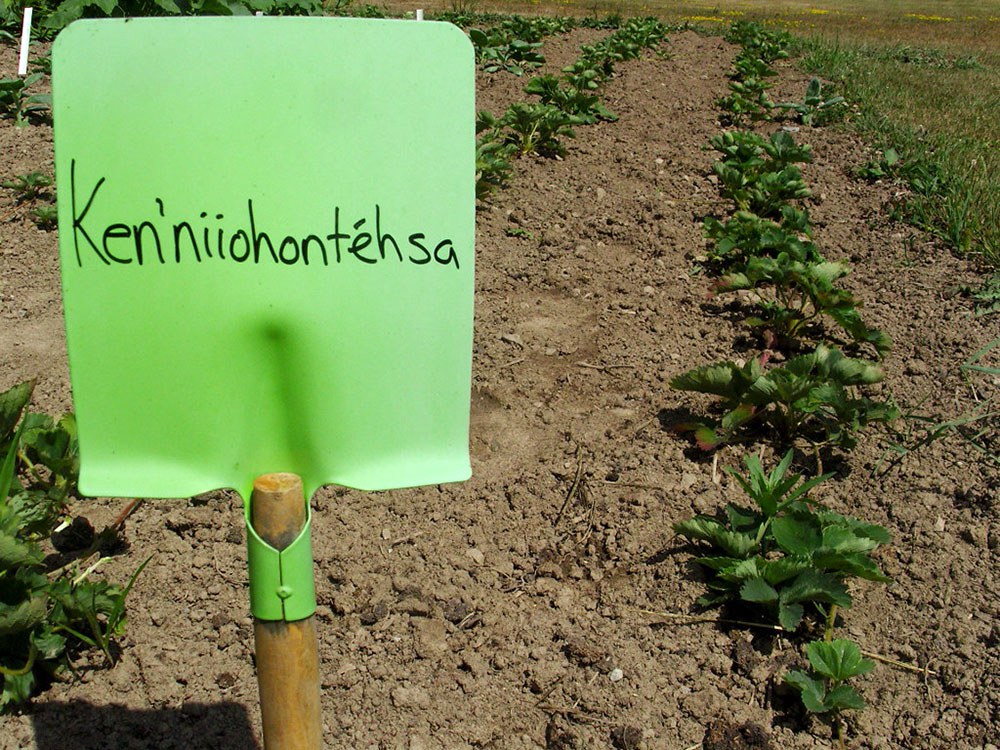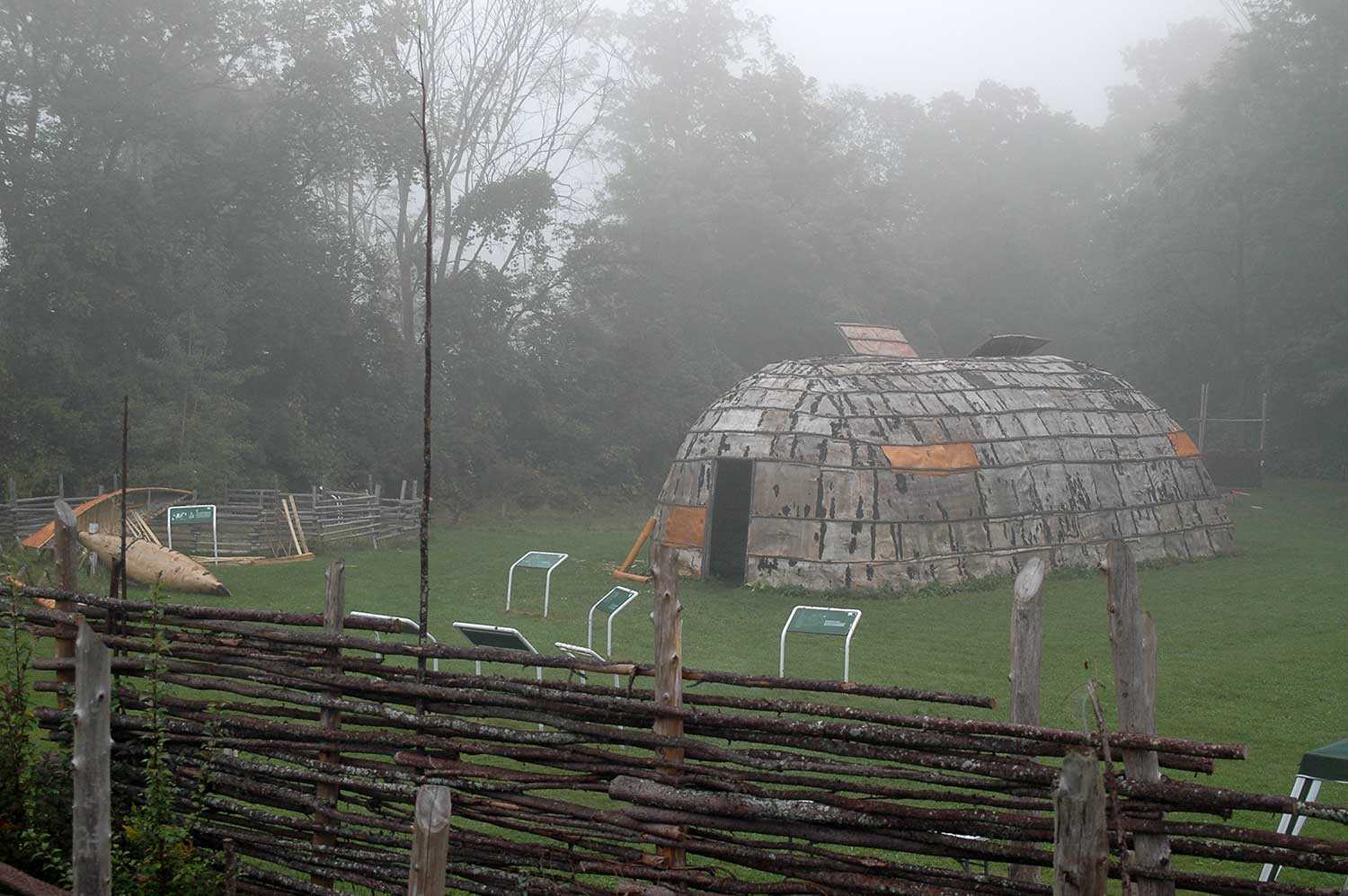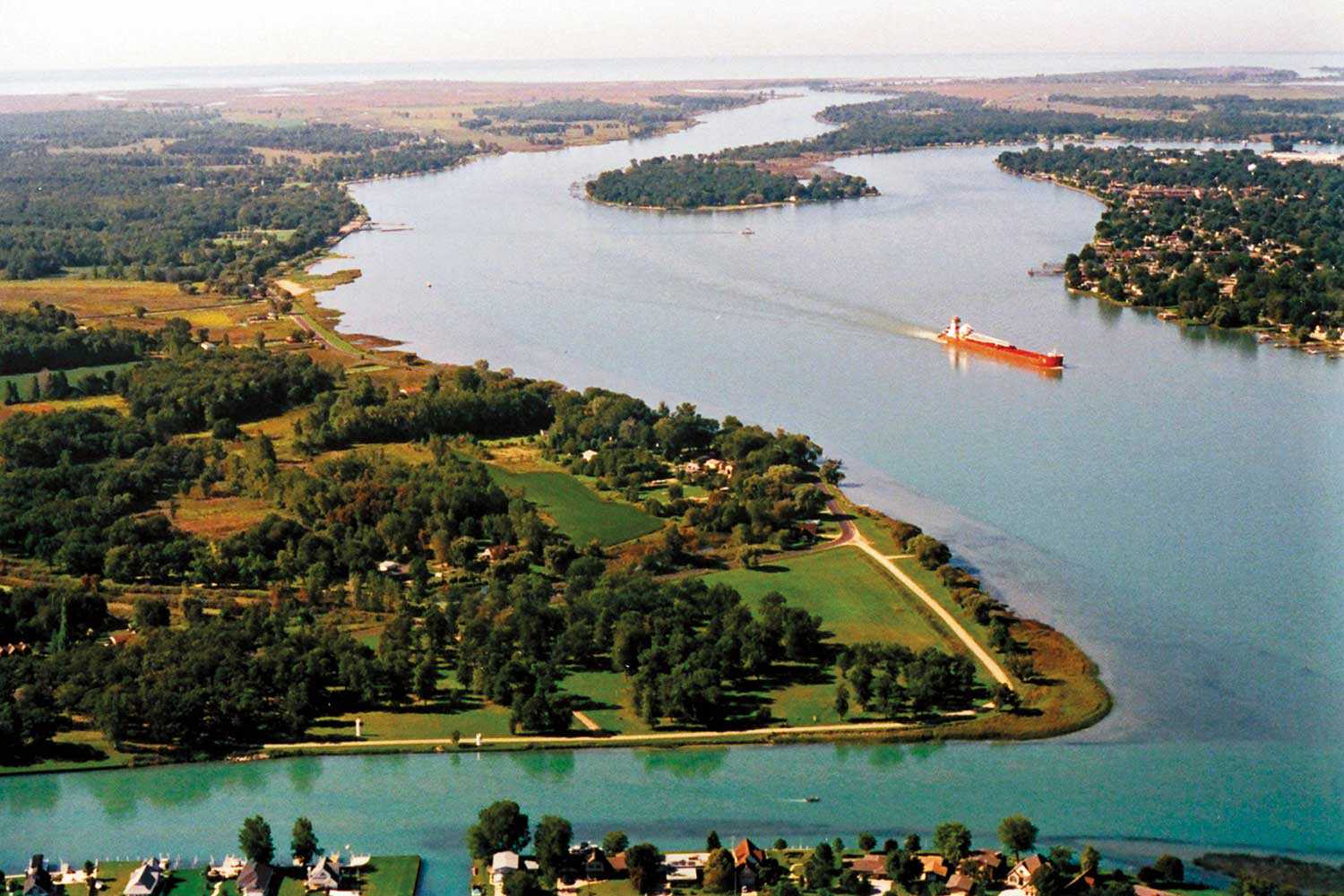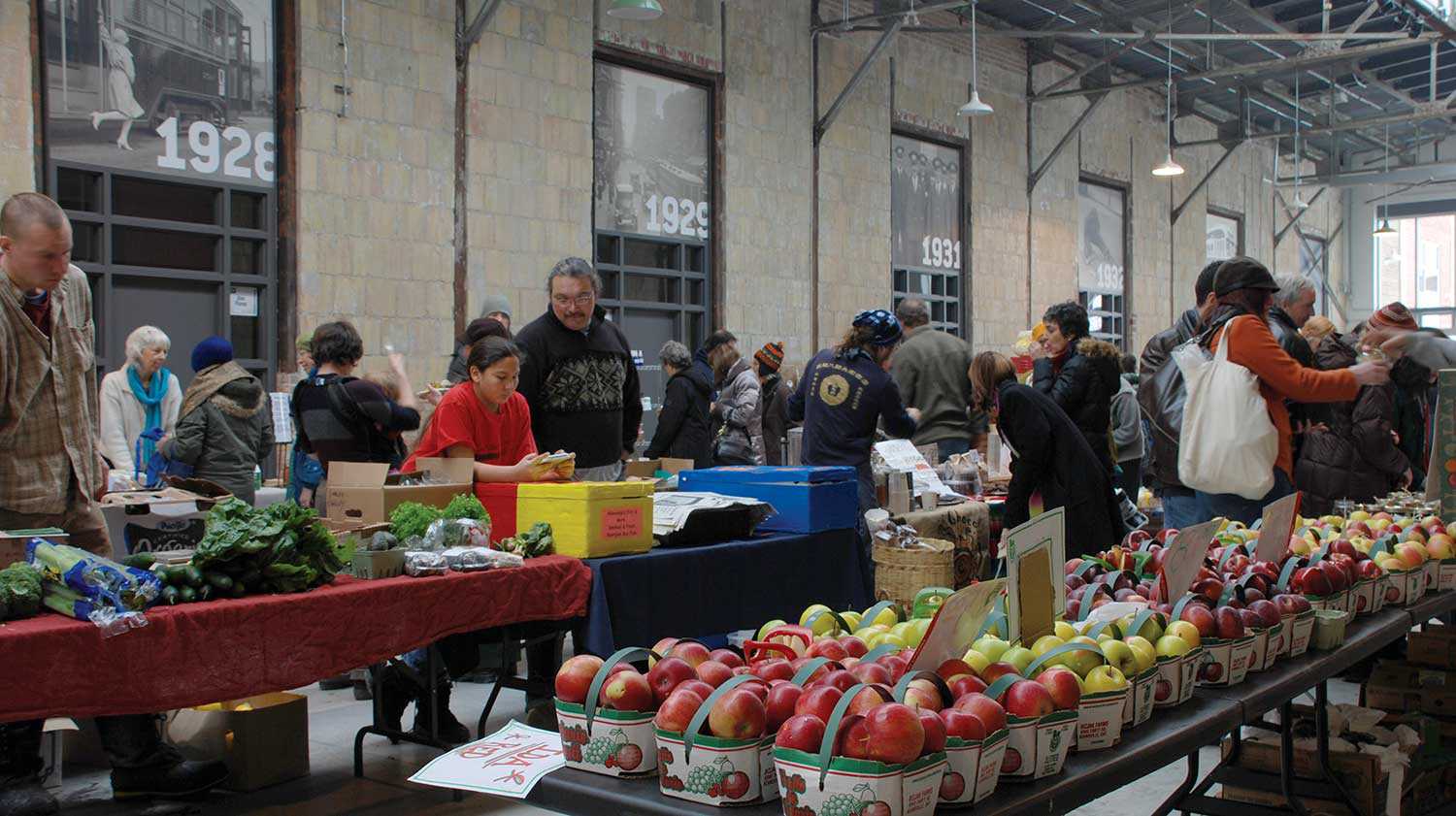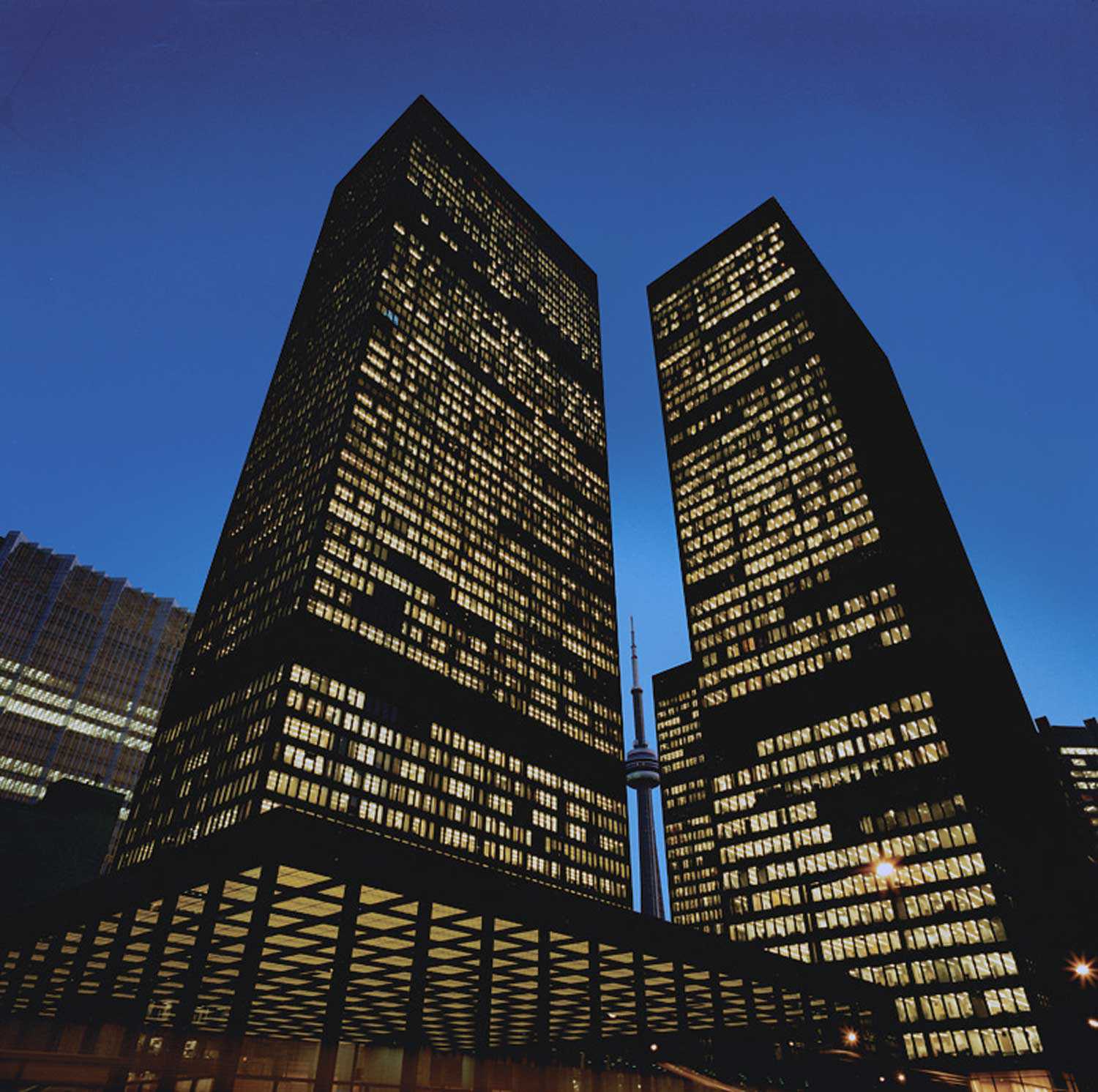

Browse by category
- Adaptive reuse
- Archaeology
- Arts and creativity
- Black heritage
- Buildings and architecture
- Communication
- Community
- Cultural landscapes
- Cultural objects
- Design
- Economics of heritage
- Environment
- Expanding the narrative
- Food
- Francophone heritage
- Indigenous heritage
- Intangible heritage
- Medical heritage
- Military heritage
- MyOntario
- Natural heritage
- Sport heritage
- Tools for conservation
- Women's heritage
More than words: why I’m trying to learn the language of my ancestors
Losing our talk
I’m from the Chippewas of Georgina Island First Nation in southern Ontario. My people refer to ourselves as Anishinaabe, which translates literally to “good person.” Our language is Anishinaabemowin. I don’t speak the language, even though my great-grandmother and grandparents spoke fluently. They were proud Anishinaabe, but they didn’t pass the language on. I imagine they believed their children would have more opportunities if they spoke English. I assume racism and pressures to assimilate were also to blame. As my grandmother grew older, she felt the sting of losing her talk. She went to university to become a certified instructor of Anishinaabemowin. In her 70s, she began teaching school children in our community.
Looking back, how I would have loved to have learned from her. But I was consumed with my journalism career and being a parent. When I visited her in the summer with her great-grandkids, she sang children’s songs to them in Anishinaabemowin. She pointed out birds and animals. Piichi – robin. Jidmoo – chipmunk. But the words and songs slipped from my mind as soon as I boarded the plane. When she died, I inherited one of her Ojibway dictionaries. I figured it would come in handy when I was writing. But hunting for an Ojibway translation to explain intellectual concepts of Indigeneity wasn’t the same as truly understanding it.
What further filled me with yearning was the laughter. Teasing and joking, so much part of our culture, seemed richer when our people speak Anishinaabemowin. It became the hole in my heart, not speaking my mother tongue. And only one person stood in the way of healing it.
Back to school
Eighteen months ago, I decided to start attending drop-in Anishinaabemowin classes at the Native Canadian Centre in Toronto. Two-hour classes, twice a week. When I showed up for the first class, I knew four words in Anishinaabemowin: Aaniin. Miigwech. Maa’iingan. Gookoosh.
Every Nish pretty much knows “hello” and “thank you.” I know my clan: “wolf.” And “pig” is what my grandparents called us when we gobbled up our food too fast.
Those first classes, wrapping my English-speaking tongue around unfamiliar sounds, was embarrassing. But elder Alex Jacobs encouraged us to introduce ourselves, in the traditional Anishinaabe way, by placing ourselves in relation to land and other people. I recited my name, clan, people, home. “Aanakwadans ndizhinikaaz. Ma’iingan ndodem. Anishinaabe ndaaw. Toronto ndi’daa…”
As a second language learner, I find Anishinaabemowin sometimes difficult to grasp. It’s verb-based. In Anishinaabemowin, you can express a complete thought, using a single verb, adding on prefixes and suffixes to indicate who is doing what to whom and when. Anishinaabe author David Treuer has suggested a given verb can have 4,000 different forms in Anishinaabemowin by the time you’re done monkeying around with it.
Here’s another mind-bender: there are no “he/she” pronouns. Rather than concentrating on gender, the important distinction is between maaba and maanda (imprecisely translated as “animate” and “inanimate”). People and animals are classified as animate, but so are other things an English speaker thinks of as non-living: a rock, a drum, a pipe, a pot.
As I begin to decipher how Anishinaabemowin works, I get deeper insight into the beautiful way my ancestors looked at, and spoke about, our world. And how badly it’s at risk of fading away.
Staying alive
Despite the determined efforts of so many language keepers and linguists who preserve and teach Indigenous languages, Indigenous languages are in steady decline. There are many reasons, including the government of Canada’s residential school policy, which stripped Indigenous peoples of our languages by separating children from their families. When UNESCO surveyed the health of over 60 Indigenous languages in Canada in 2010, it concluded only a small handful – Cree, Ojibway, Oji-Cree, Inuktitut and Dene – remain strong and viable. Most were rated as “endangered.”
Anishinaabemowin hangs on tenaciously, partly because it’s spoken throughout the Great Lakes region of the U.S. and in Ontario and Manitoba. But in southern Ontario, the percentage of Anishinaabemowin speakers has declined about 60 per cent in the past 20 years, according to a recent survey by the Anishinabek Nation of its member First Nations. The Truth and Reconciliation Commission recommended Indigenous languages must be recognized as “a fundamental and valued element of Canadian culture and society.”
Dabaadendiziwin (Humility)
My Anishinaabemowin teacher Ninaatig has tattoos running up and down his arms, but one word inked on his hand stands out to me: “practice.” Honestly, I’m a less than faithful student. My job is demanding, and I keep missing class. It took me ages to understand I need to study at home if vocabulary is going to sink in.
Fortunately, there’s an app for that.
Ninaatig, a tech-savvy millennial, uploaded nouns and phrases to an online learning tool. On my smartphone, I do flashcards, race against the clock, take quizzes. Analytics chart my progress, or lack thereof.
I have modest goals. I want to learn enough words to use in ceremonies one day, maybe carry on a short conversation.
When I need inspiration, I look to a message I scrawled on a sticky note:
“Pii gegoo zanagag aabdeg dibaadenimoying.”
Roughly translated: “When something is difficult, it is good to be humble.”
It’s hard work. I will keep trying. Because our languages are more than words: they help us define who we are, on our own terms.
“Because our languages are more than words: they help us define who we are, on our own terms.”

